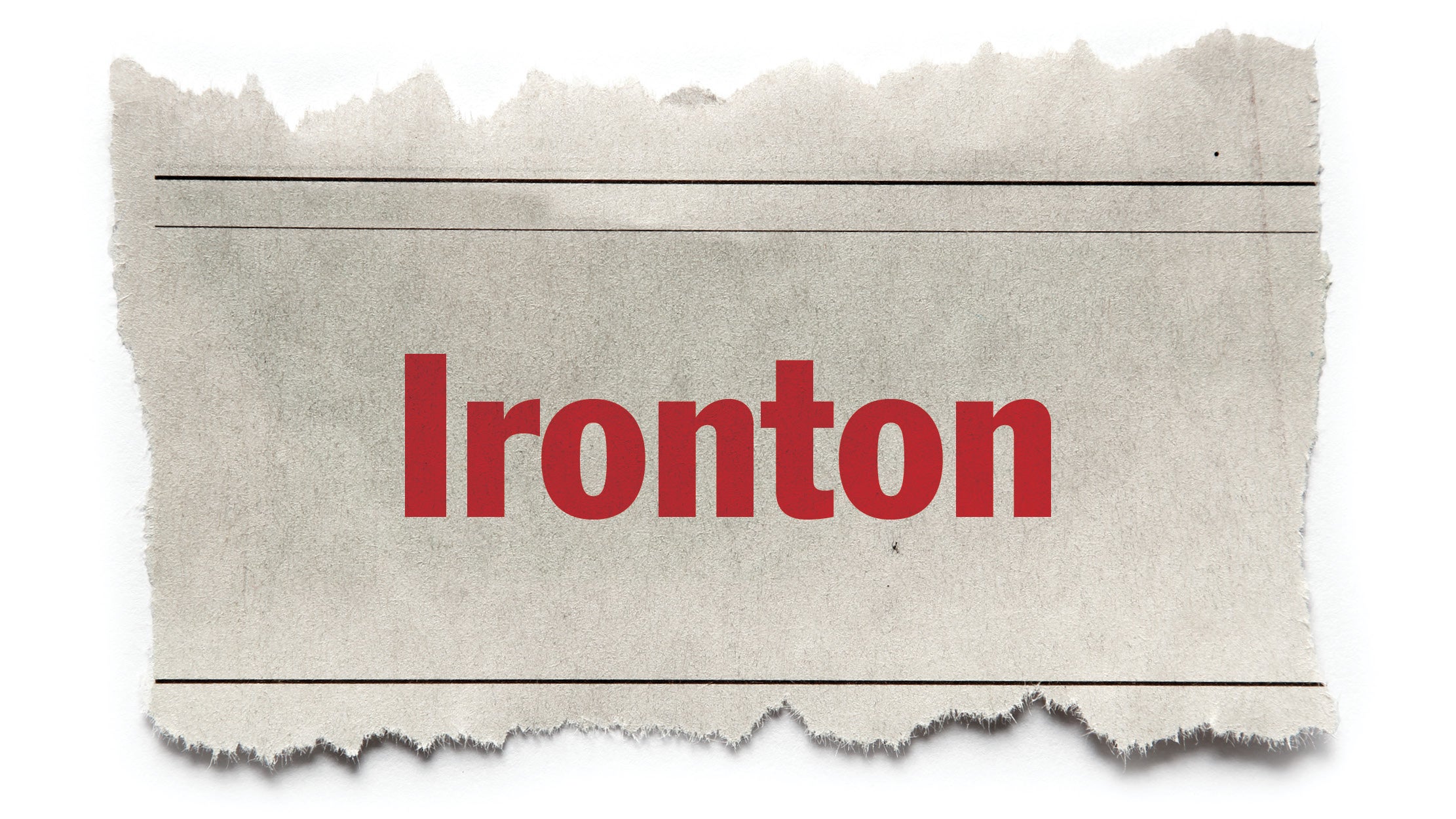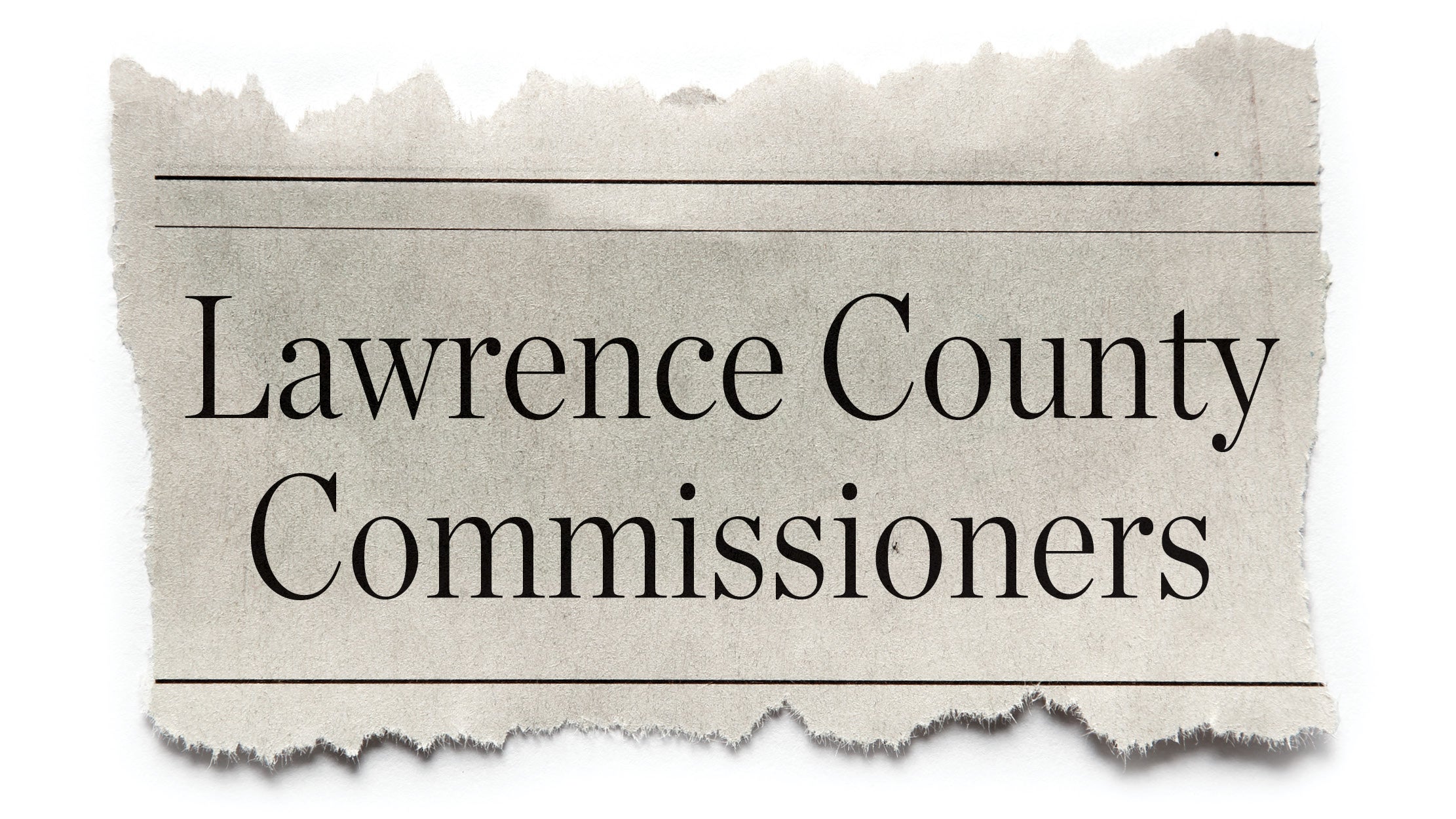A Passion Preserved
Published 12:00 am Thursday, November 30, 2023
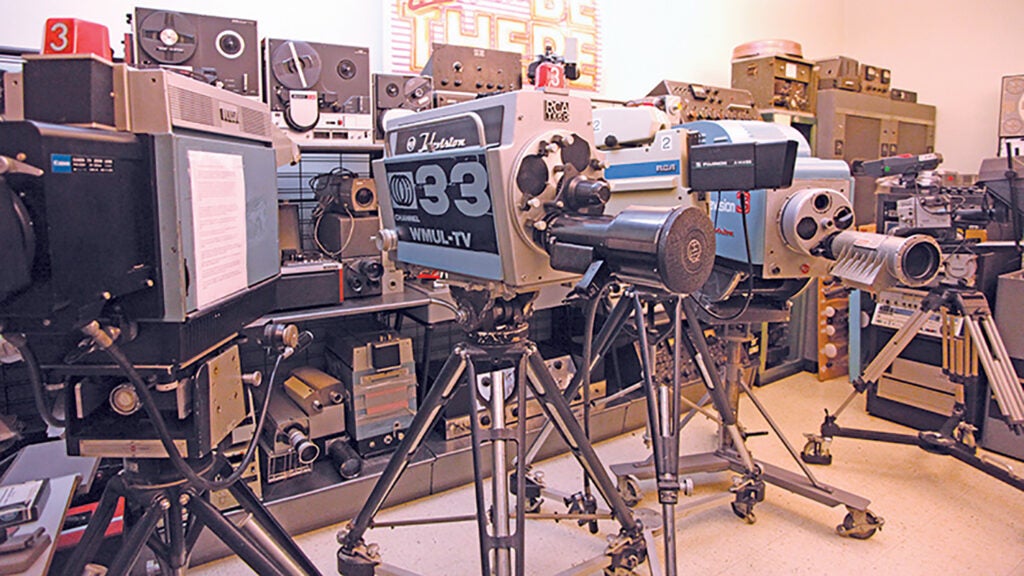
- Vintage television camera on display at the Museum of Radio & Technology in Huntington, West Virginia. (Larry Rees | For The Ironton Tribune)
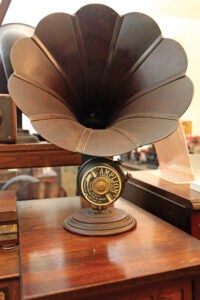
A vintage phonograph on display at the Museum of Radio & Technology in Huntington, West Virginia. (Larry Rees | For The Ironton Tribune)
Museum of Radio & Technology is dedicated to broadcast history
HUNTINGTON, WEST VIRGINIA — “We need to go through all of this,” Bob Ripley said of the sizable amount of vintage radio equipment on the floor. “And pick out what we’re going to keep and going to sell.”
The spread was just the latest of many donations received by the Museum of Radio & Technology, adding to its already massive collection.
Ripley, the vice president of the museum, said the donations were moved into a side room that day, in order to make room for a swap meet, one of three the museum hosts that year, in which they sell excess items to raise funds.
He said they often receive large donations, coming from the lifetime amassing of a collector, taking up a garage.
“A lot of families call us up after someone dies and say, ‘We don’t know what to do with this,’” he said. “Sadly, a lot of it ends up in landfills.”
It is the passion of such collectors that led to the birth of the museum, located at 1460 Florence Ave. In Huntington, 28 years ago, Ripley said.
“It all started with one of those breakfast meetings with a husband and wife,” Ripley said. “The wife looks over the breakfast table and says, ‘You know, I really like the fact that you like to restore and renovate these old radios, but when they start spilling over into the bathroom and kitchen, you’ve got to do something about them.’”
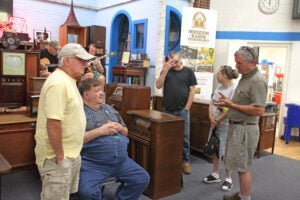
The fall swap meet at the Museum of Radio & Technology in Huntington, West Virginia. (Larry Rees | For The Ironton Tribune)
The museum was founded by Geoffrey Bourne and Lloyd McIntire, in the former Harveytown Elementary School, which became available due to school consolidation.
“And there were several likeminded people in the area who were looking for a home for their collections,” Ripley said.
When the museum moved in, Ripley said there was a strong echo in the building, which went away as it was filled with the hundreds of items in the museum’s collection, which absorbed the sound.
Spread over nine rooms, Ripley said the collection is arranged to show how technology has progressed over time.
“If you walk in and take a right, you go into the 1920s room,” he said. “When radio was brand new, it was like the latest technology. There were two paths to take — you could buy an already-made radio from a manufacturer, which was super expensive — or, what a lot of people did, they would open up their copy of Popular Science or Popular Mechanics, see the schematic for a radio, go to a radio store and buy the parts and pieces to build their own.”
Next up is the classroom.
“It has teaching aids for teaching electronics, including a slide rule,” Ripley said. “I love showing slide rules to kids. They have no idea what they are.”
Following that is the shortwave room, following changes from the 1930s to the 1940s, going into the advent of television.
Ripley points out that this technology came about before the 1950s, which most think of as the dawn of television.
“TV was invented before World War II,” he said. “But it was not implemented because everything went into the war effort.”
The broadcast room features cameras and studio equipment, many from local stations.
“We show the other end of technology and how it comes into your house,” Ripley said.
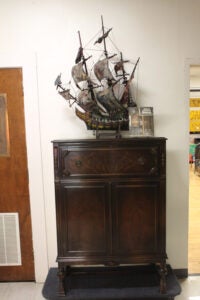
A vintage radio cabinet, with a decorative ship, on display at the Museum of Radio & Technology. (Larry Rees | For The Ironton Tribune)
In the classroom is a particularly unique piece related to television.
“It is a proof of concept television camera,” Ripley said “It was the first public introduction of that technology, done at the 1939 World’s Fair.”
He notes the RCA logo on the camera.
“Even though it says ‘RCA,’ it was joint collaboration between RCA, Westinghouse and General Electric,” Ripley said. “Those three companies together came up with the standards for television that we have today. There are only three of these cameras in existence. We have one, one is in California and another is in Hilliard, Ohio.”
Another rare item he points out is a large glass tube, which they call “the egg.”
“It’s a rectifier tube,” Ripley said. “They used these in pairs. If you went into a deep shaft coal mine in West Virginia in the 1950s and 1960s, you would see a building that had two mercury tilt rectifiers. They powered underground equipment in coal mines and turned AC to DC power.”
There is a story behind many of the items, such as the large model ship on top of a radio in the hallway.
Ripley explains that, in the 1920s, the United States was celebrating the 300th anniversary of the Pilgrims landing at Plymouth Rock and, in many wealthy homes, such ships were built and placed on top of large radios as adornment.
“Somebody who had this kind of radio — it is $12,000 in today’s dollars — would highlight and showcase them and had one of these boats built,” he said.
That radio shows the scope of the donations the museum has received. Ripley said it came from the estate of the family behind the Wrigley’s chewing gum company and museum staff traveled to Wisconsin to acquire it.
As for how many items are in the collection, Ripley said their archivist has counted 1,900 pieces so far, but she estimates she is only two thirds of the way through that task.
The museum operates as a 501 3k nonprofit, operating from grants and donations and all of its staff are volunteers.
“No one takes a salary here,” he said
His story is like many he said. While restoring old radios, he came to the museum to learn about the hobby, and immediately was taken with it and got involved.
“We have so many people who come to the museum, they take a tour, fall in love — sand say ‘All right, what I can do to help?’” he said.
In addition to giving tours, volunteers regularly come in for building maintenance and tasks such as cleaning and dusting.
The museum is also host to the exhibits of the West Virginia Broadcasting Hall of Fame, which honors those in radio and TV, from anchors to DJs to managers to engineers, with yearly inductions.
Handled by a separate committee, nominations are submitted by those in the industry and reviewed and six inductees are chosen each fall.
Ripley said they have people come in from afar and the museum has made a name for itself among enthusiasts, but he said they would like to get the word out more to locals in West Virginia and the Tri-State.
“We have visitors who seek this place out all over the world and all over the country,” he said. “But, here, nobody knows we exist. I can’t tell you how many times I’ve heard that from people Huntington. We’re one of the best-kept secrets in West Virginia.”
The museum is open year round, on weekends, with no charge of admission, from 10 a.m.-4 p.m. on Saturdays and 1-4 p.m. on Sundays. It is also open by appointment for schools and tour buses. For more information, visit www.mrtwv.org.


